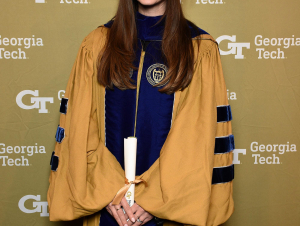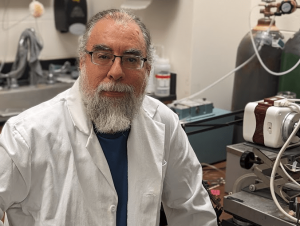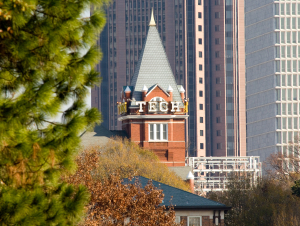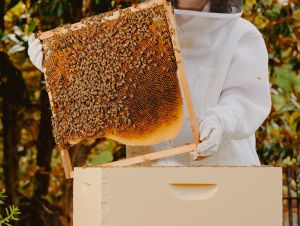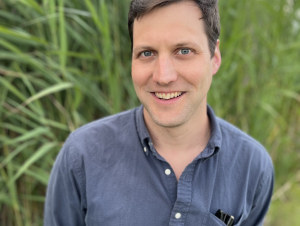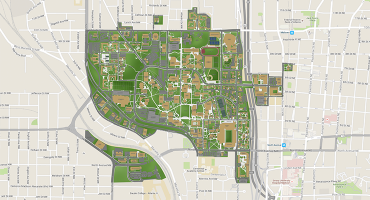To request a media interview, please reach out to experts using the faculty directories for each of our six schools, or contact Jess Hunt-Ralston, College of Sciences communications director. A list of faculty experts is also available to journalists upon request.
News Center
Experts In The News
In an article published by The Conversation, Benjamin Freeman, assistant professor in the School of Biological Sciences, discusses his research, including a recent study on how mountain birds in the Pacific Northwest are responding to climate change.
The Conversation November 27, 2025Assistant Professor Christopher Carr co-authored an article published in The Conversation that discusses NASA's ESCAPADE mission to Mars. Carr characterizes the mission as a “testament to a new era in spaceflight”.
The Conversation November 13, 2025
